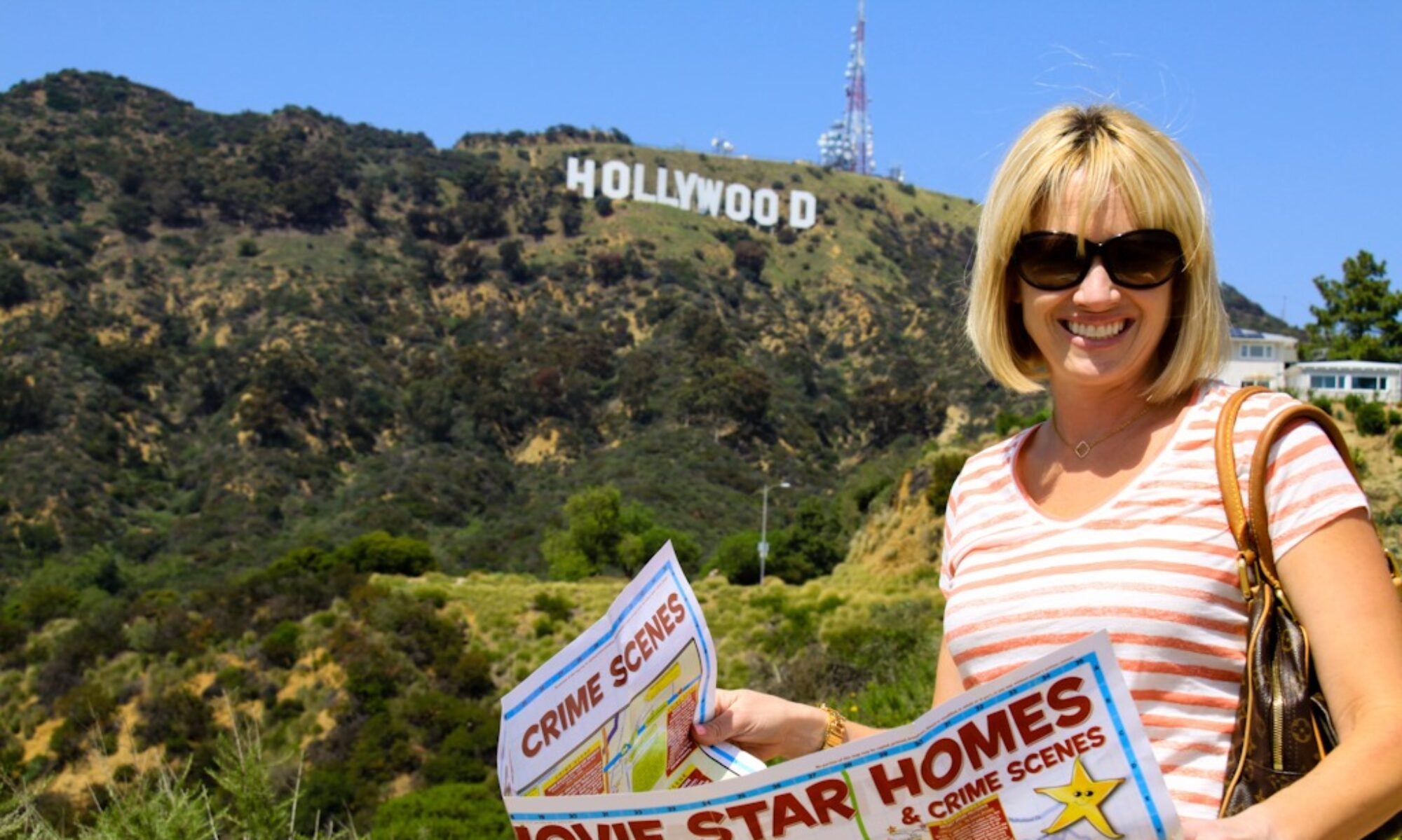It has been said that you shouldn’t look down when you walk. There are two places in Manhattan where you ought to keep your eyes on the pavement, though. I blogged about one, Hess Triangle in front of Village Cigars, on Wednesday. The other, a clock imbedded in concrete outside of what was once William Barthman Jeweler in the Financial District, has been alerting overhead passersby of the time since 1899! I first learned about the historic curiosity while perusing the book The Best Things to Do in New York shortly before our April 2016 trip to the Big Apple and immediately decided it was a must-see. Even though the underfoot ticker is not a filming location (at least, not that I know of), since it is such an obscure and unique spot and definitely falls into the “Hidden NYC” category, I figured it was blog-worthy, as well.
[ad]
The sidewalk timepiece was first dreamed up by William Barthman in 1896 as a way to attract patrons to his downtown jewelry and watch store, which he opened on the corner of Broadway and Maiden Lane twelve years prior. Though large clocks posted at the entrance to boutiques were quite commonplace at the time, one embedded in the sidewalk was a definite novelty and Barthman figured such an unusual mechanism would pique the interest of all who stepped upon it. He conceived of the design himself and enlisted his associate Frank Homm to bring his vision to life. It took Homm more than two years to do so and the piece was finally installed outside of the shop in the fall of 1899.
The original Barthman Sidewalk Clock is not the one pictured above. As you can see in the screen capture below, which I grabbed from a fabulous video posted on the Hodinkee website, in its initial form the piece, a three-window jump hour mechanism with a built-in light that made it visible at night, looked much different. Though it did quickly become an area attraction, luring in those who walked by, in a rather unfortunate twist, when Homm passed away in 1917 he took the secret of maintaining the device to his grave with him. As such, the clock ceased to function, consistently broadcasting the incorrect time to all who took note of it (well, except for twice a day, as the saying goes). In the years following, it served as a source of embarrassment for the store and employees took to covering it over with cardboard each morning prior to opening.
Finally, in 1925, Barthman Jeweler replaced the busted gadget with a working Arabic-style clock. The apparatus has since been refitted and modified on several occasions throughout the years, including a 1983 revamping performed by none other than Cartier. The brass compass rose that currently encircles it was also a later enhancement. In addition to regular winding, the piece still requires quite a bit of maintenance, which is not surprising considering an estimated 15,000 people walk across it each hour during peak intervals. Thankfully, this time around more than one Barthman employee is experienced with the ins and outs of its upkeep and care. According to Gizmodo and The New York Times, the custom-made face, which can withstand 2,000 pounds of pressure, is removed for polishing twice a year and replaced altogether every four due to scratching and clouding. And how are maintenance and repairs achieved, you ask? Via an access point located underneath the sidewalk. You can check out what it looks like here.
Though William Barthman Jeweler is still in existence, it has since moved a few doors down to 176 Broadway and a Vitamin Shoppe outpost now occupies its original space.
Prior to the move, a replica clock was made with the intention that it would be installed in the sidewalk in front of the new store. That was not to be, though. As the Hodinkee website explains, when Barthman’s owners asked for permission for the project, in a rather iconic twist “the authorities had a simple answer: there is only one New York Sidewalk Clock.” The replica was eventually hung above the shop’s main door. Though I did not get any photos of it, you can see it in the Google Street View images below.
Despite the re-location, Barthman employees still maintain the clock via the underground access point.
For more stalking fun, follow me on Facebook, Twitter, Instagram, Los Angeles magazine and Discover Los Angeles.
Until next time, Happy Stalking! ![]()
Stalk It: The Barthman Sidewalk Clock can be found on the northeast corner of Broadway and Maiden Lane, outside of The Vitamin Shoppe located at 174 Broadway, in Manhattan’s Financial District. William Barthman Jeweler is a few doors down at 176 Broadway. You can visit the jewelry store’s official website here.





































